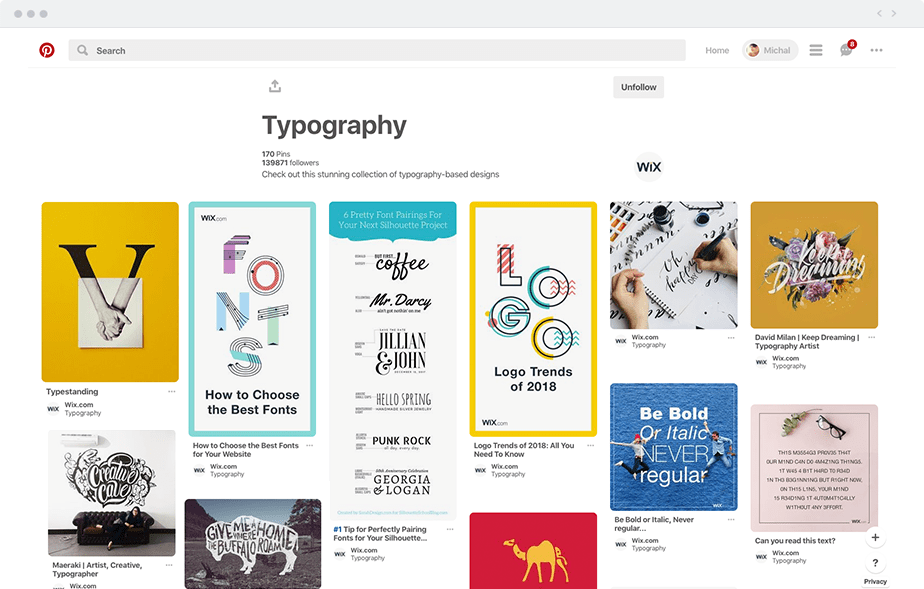|
With no sign of the bold aesthetic disappearing, designers are drawing on surrealist and Dada influences to create for pure joy and happiness. Extrovert and avant-garde design invites users to determine purposes – if there are any at all – for themselves, as form leads function and art for art’s sake sees renewed appeal. Interactive installations encourage visitors to build their own creations and products promote a playful sense of interactivity, inviting users to make their own compositions, customizing pieces and parts to create vastly different outcomes.

Excerpted with permission from VIEWPOINT COLOUR Issue 03 - The Play Issue.






